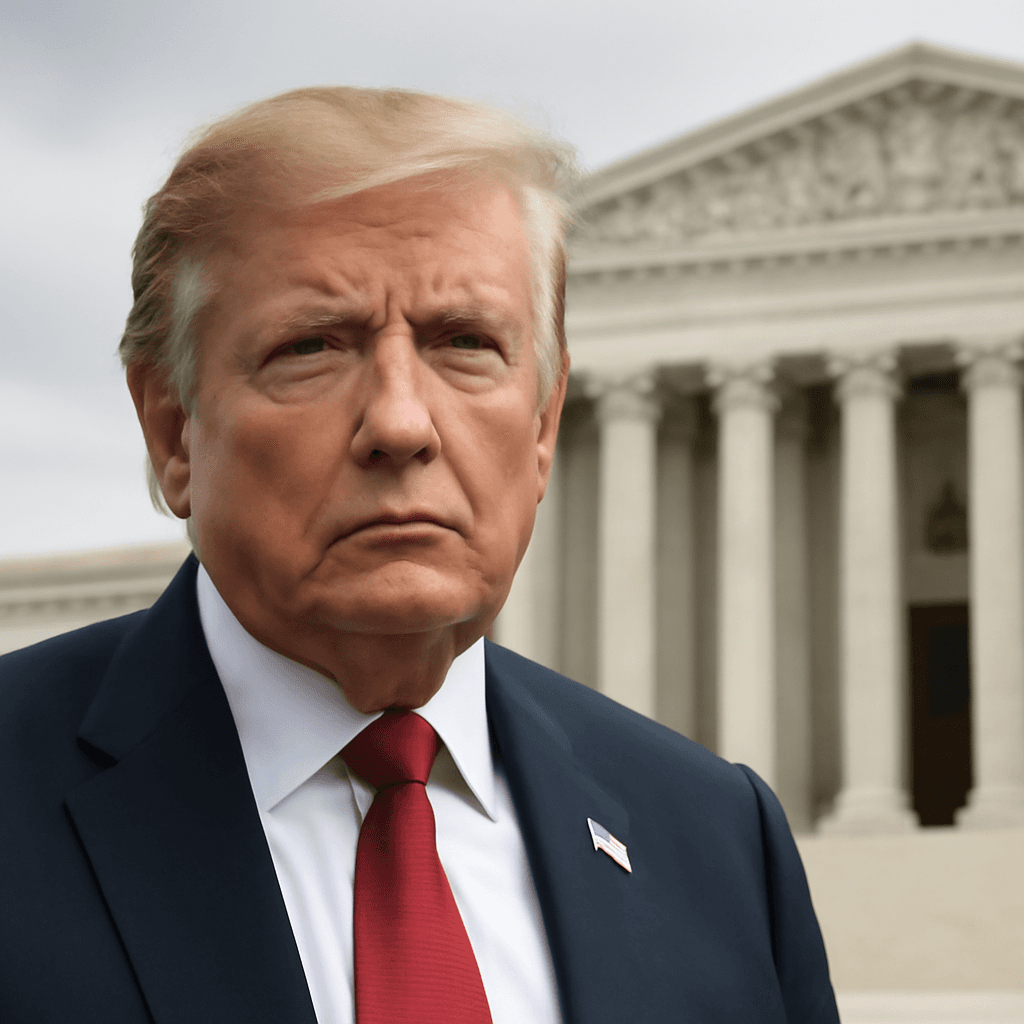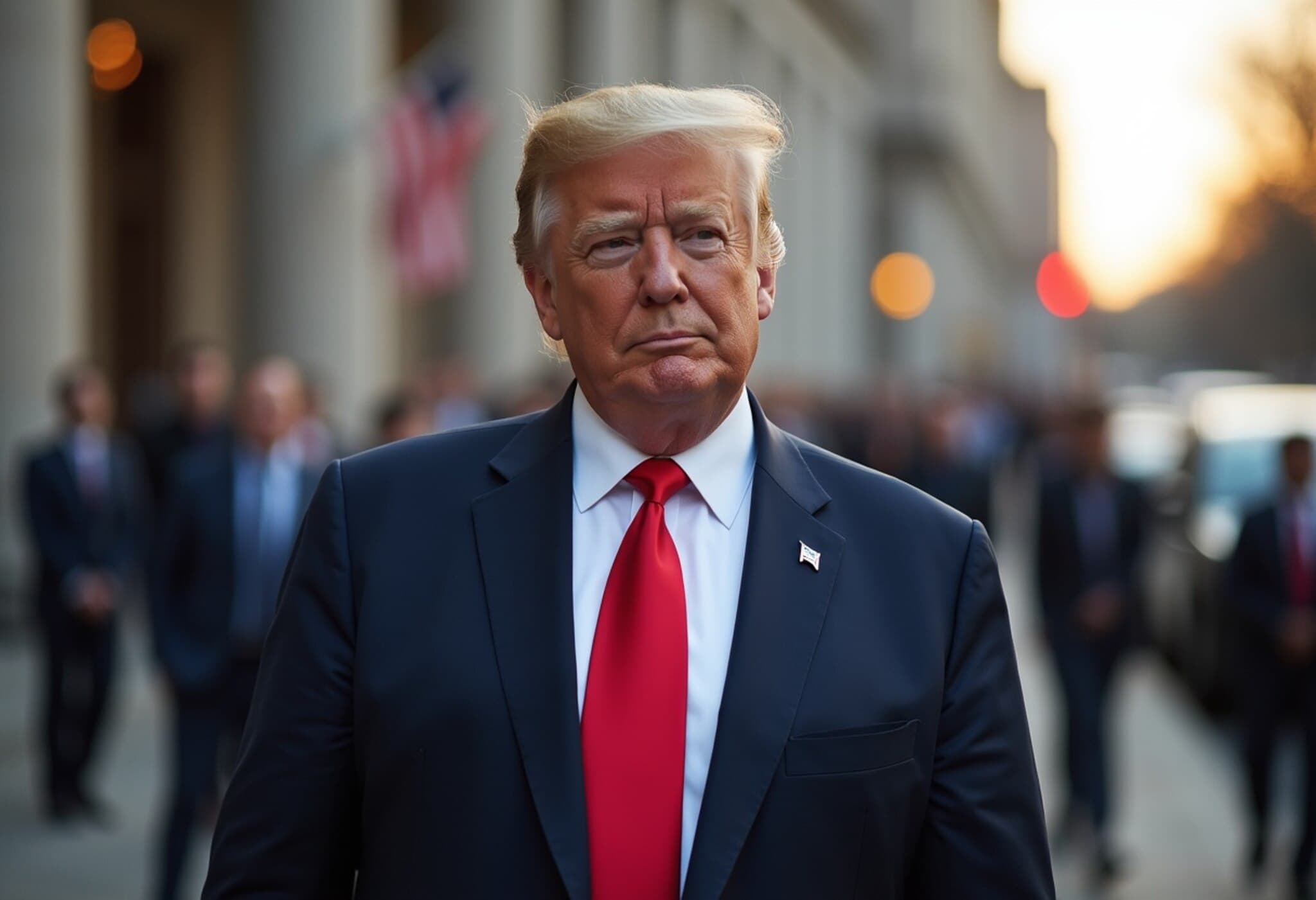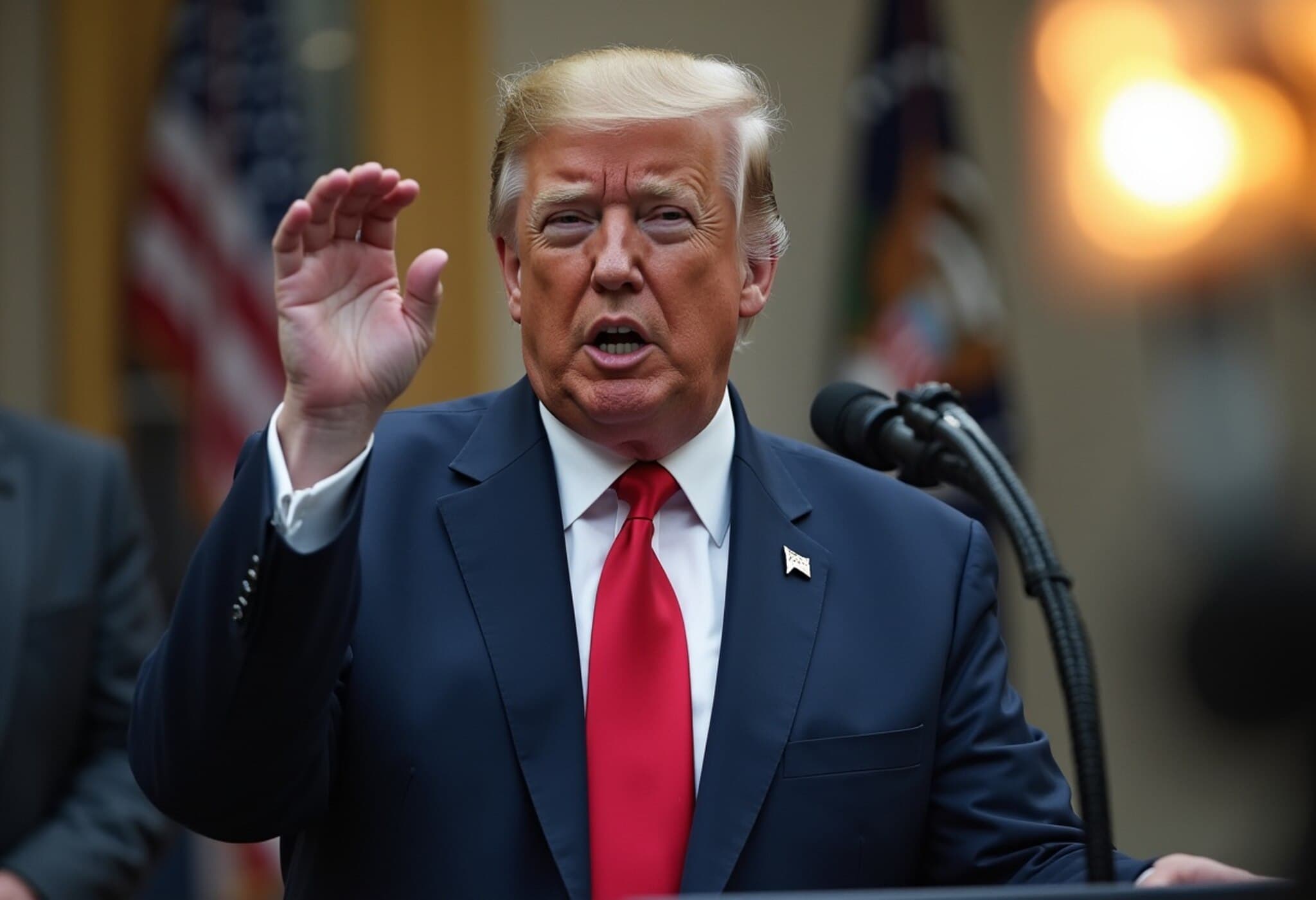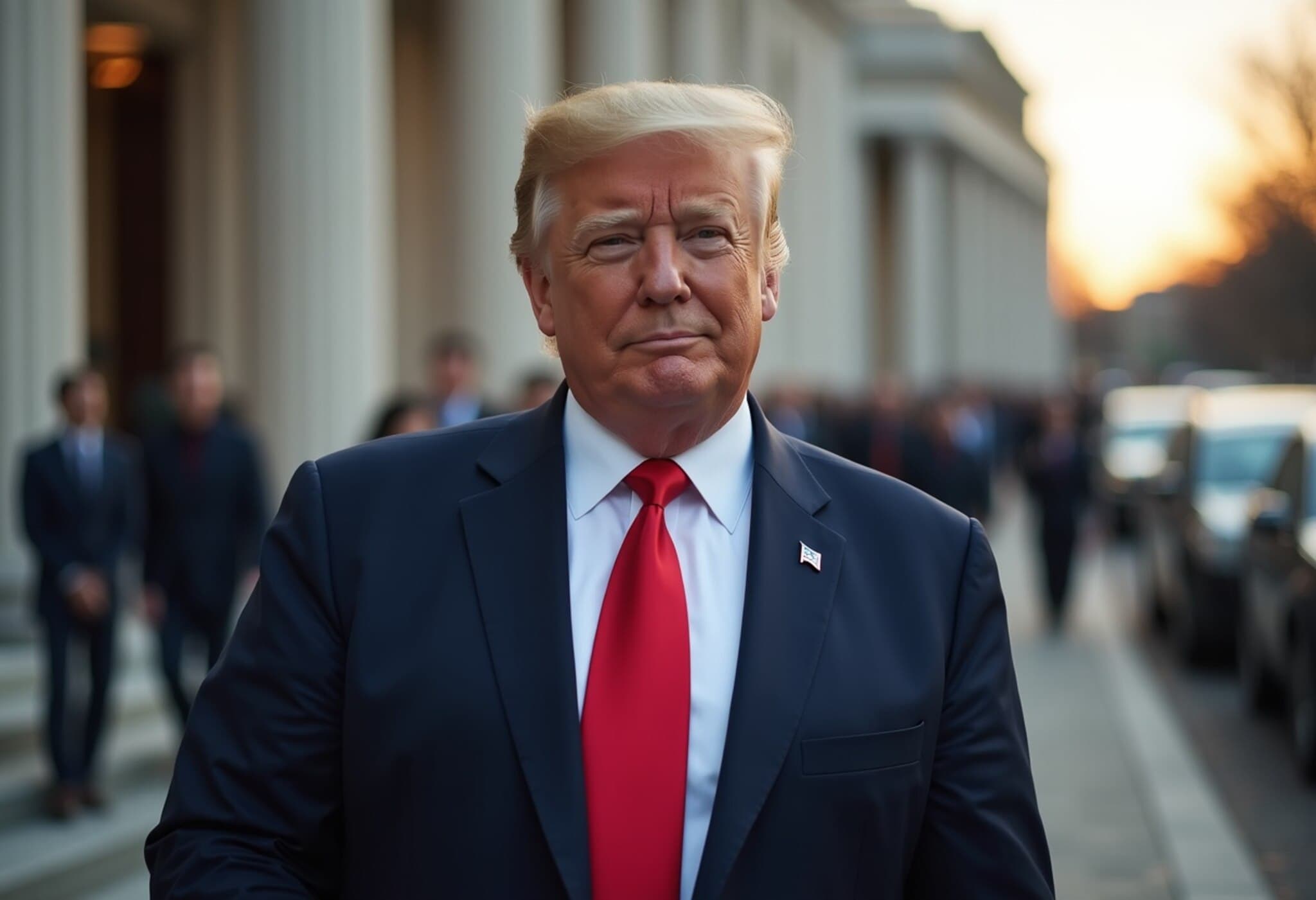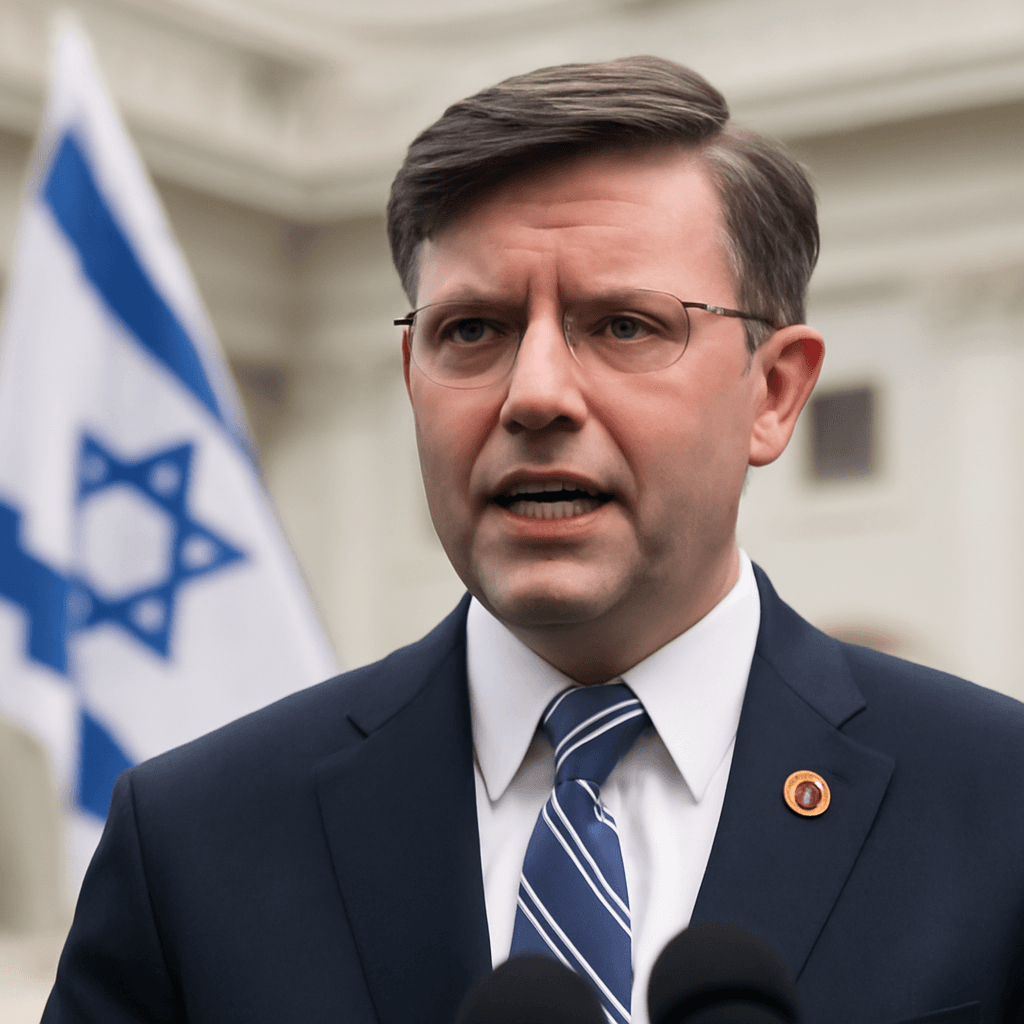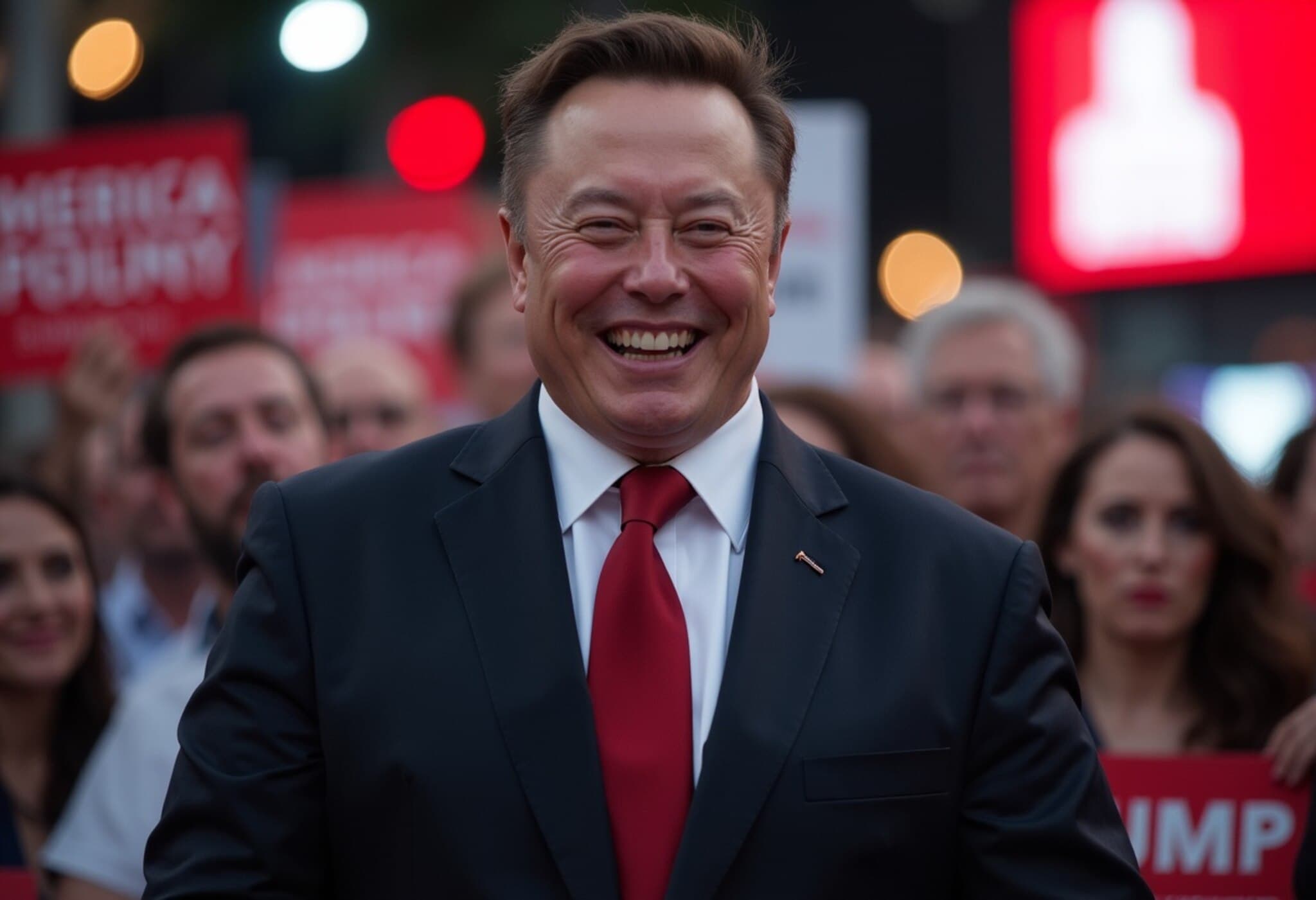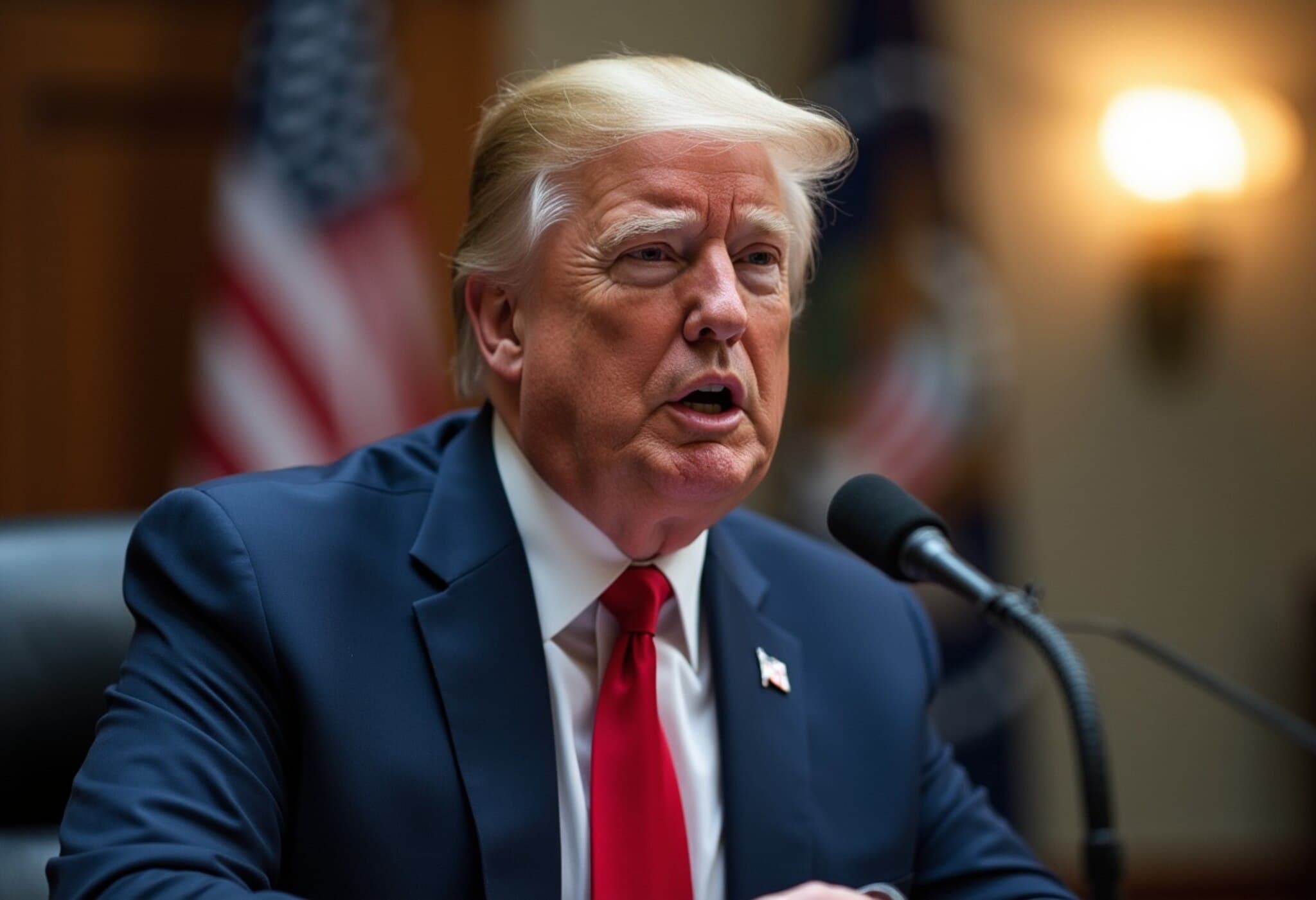Supreme Court Greenlights Trump Administration's Large-Scale Education Department Layoffs
In a pivotal 6-3 decision on July 15, 2025, the United States Supreme Court gave the green light for President Donald Trump to proceed with sweeping layoffs within the Department of Education, jeopardizing nearly 1,400 federal employees. This development marks a significant judicial endorsement of the administration’s efforts to downsize federal agencies — a key pillar of Trump's agenda to recalibrate the role of the federal government.
Rationale Behind the Court's Ruling
The high court's conservative majority overturned a previous lower court injunction, which had temporarily halted the termination of staffers, requiring their reinstatement. The Court’s decision aligns with President Trump's executive order aiming to curtail the Department of Education "as far as legally permissible," effectively slashing about one-third of its workforce.
Education Secretary Linda McMahon hailed the ruling as a "significant win" that will expedite the administration’s goal of shifting educational governance and funding priorities back to state and local authorities. Advocates of smaller government argue that this move will reduce federal bureaucracy and empower states with more autonomy.
Concerns Raised by Dissenting Justices and Stakeholders
Justice Sonia Sotomayor, accompanied by Justices Elena Kagan and Ketanji Brown Jackson, issued a forceful dissent warning of substantial constitutional and societal consequences. They accused the majority of enabling "lawlessness" by effectively undermining congressional authority to maintain federal agencies. Sotomayor underscored the potential "untold harm" stemming from the layoffs, including diminished enforcement of civil rights protections, weakened support for students with disabilities, and compromised anti-discrimination initiatives.
The dissenters pointed to the administration’s prior public statements about abolishing the Department of Education altogether, suggesting an intent to circumvent legal frameworks and congressional mandates. Their critique highlights the tension between executive ambitions and statutory limits, raising critical questions about separation of powers and checks and balances.
Impact on Schools, Students, and Education Funding
The layoffs threaten to disrupt vital educational services nationwide. Twenty-one Democratic-led states and multiple teachers’ unions have launched lawsuits, contending that reducing the department’s workforce would devastate crucial programs tied to approximately $1.6 trillion in student loans, special education funding, and support for schools serving low-income communities.
State education officials, including those in Massachusetts, caution that the cuts will create delays in student financial aid distribution and could force local districts into painful decisions like teacher layoffs. Employees, who have been on paid leave since March, now confront the prospect of job loss, intensifying worries about loss of institutional knowledge and effectiveness. A union representative lamented, "This guts our ability to protect students," reflecting deep anxieties among federal education workers.
Broader Political and Policy Context
This Supreme Court decision fits into a broader narrative of the Trump administration’s concerted effort to "dismantle the administrative state," evidenced by recent rulings permitting workforce reductions across federal agencies. Proponents view this as restoring constitutional governance by curbing unelected bureaucratic power, whereas critics warn of the erosion of vital federal safeguards, particularly for vulnerable populations.
Experts in federal policy highlight the risks of such abrupt downsizing, including potential gaps in oversight of educational equity and civil rights enforcement that could exacerbate systemic inequalities. The tension between government efficiency and safeguarding social investments remains at the heart of this unfolding crisis.
Editor’s Note
As the Trump administration pushes forward with unprecedented cuts to the Department of Education, the impacts will ripple across schools, students, and communities, particularly those already facing educational disparities. This Supreme Court ruling raises profound questions about the balance of powers within Washington and the future role of federal oversight in education. Stakeholders and citizens alike should closely follow how these layoffs affect educational outcomes, funding stability, and the legal landscape governing federal agencies.
What remains to be seen is how states will respond to newfound responsibilities and whether the resulting changes will enhance or undermine educational equity nationwide.


